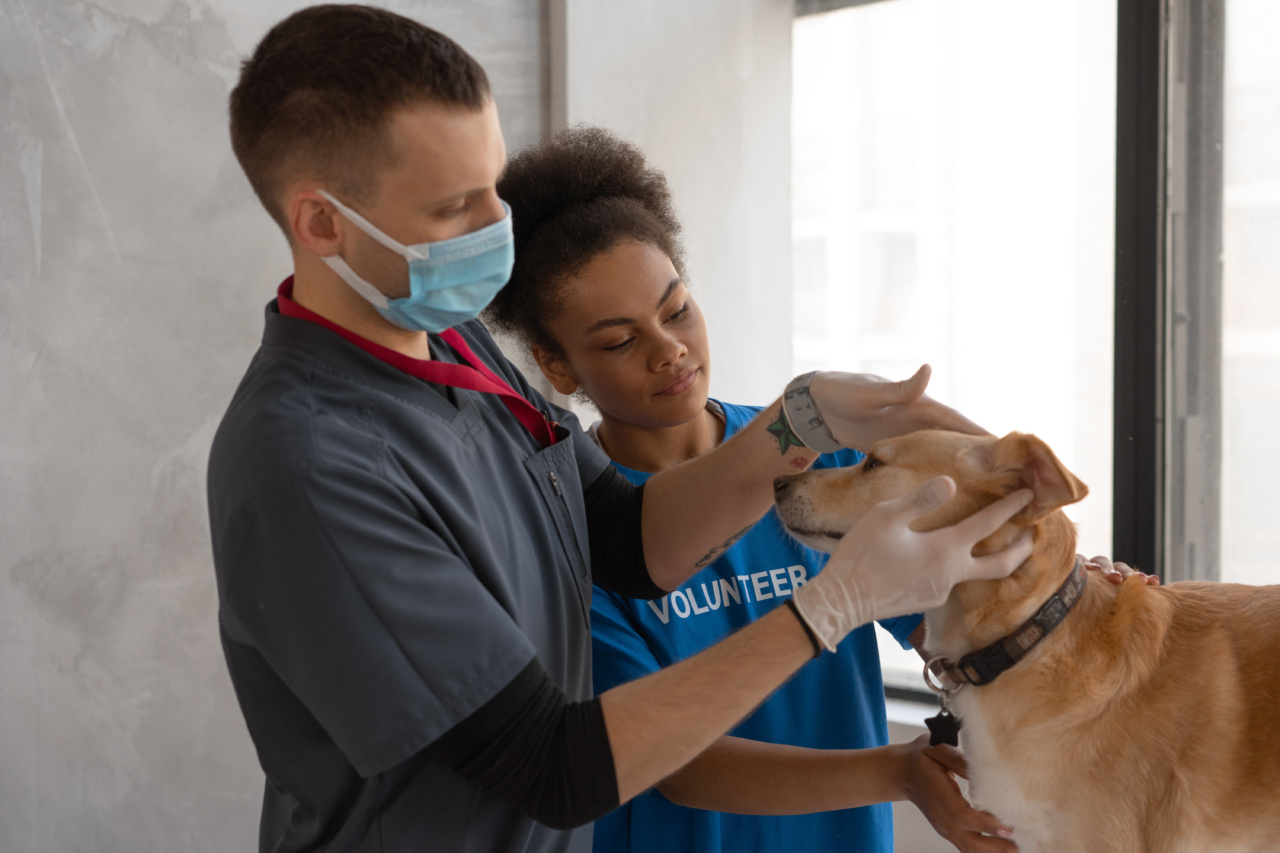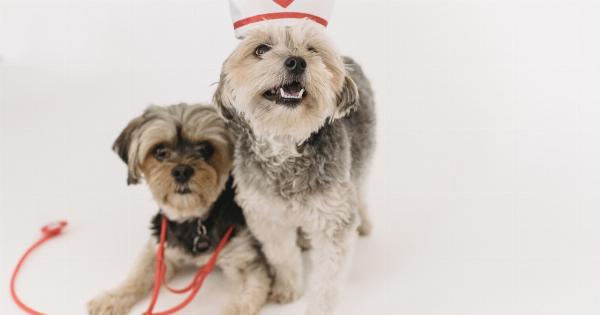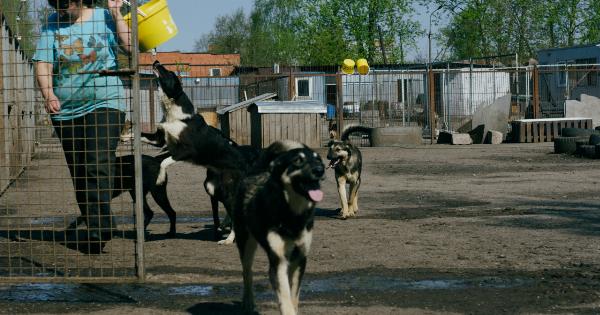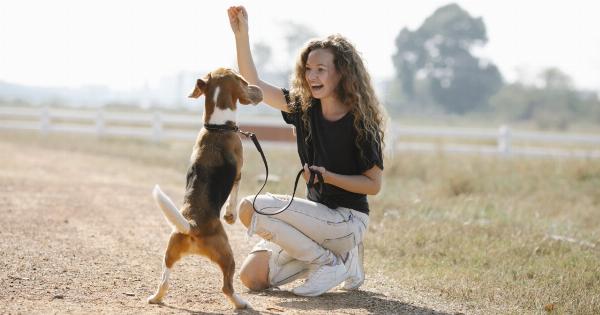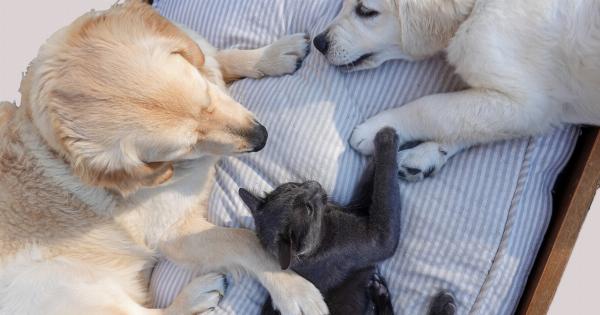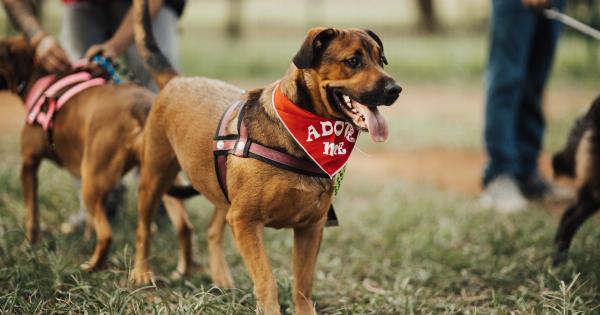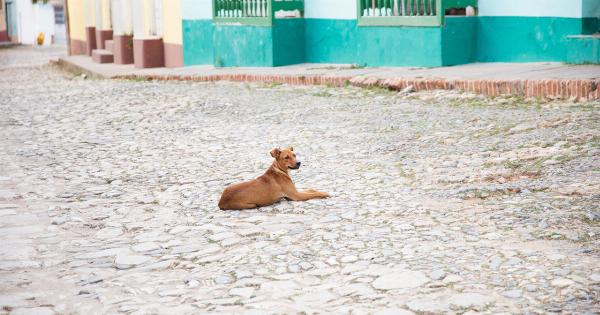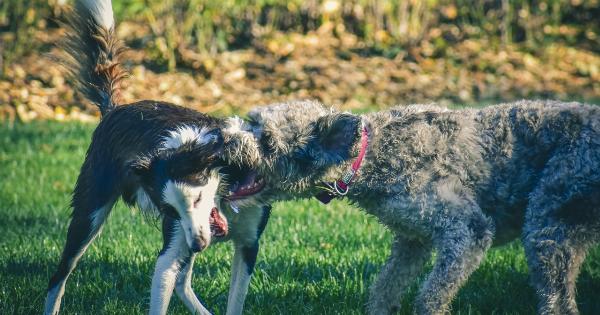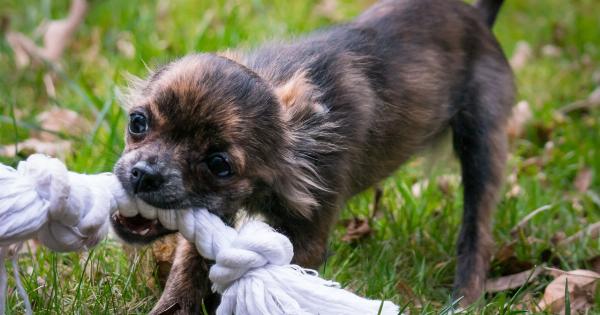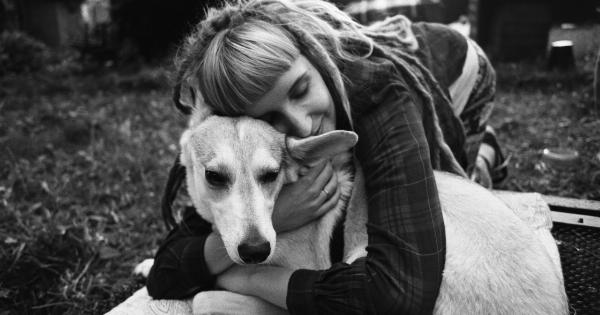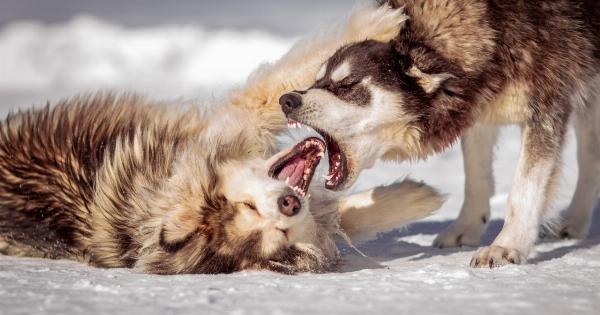Dog aggression is a complex and concerning issue that can be rooted in various factors, including genetics, learned behavior, fear, frustration, and territorial instincts.
Understanding the underlying causes of aggressive behavior in dogs is crucial for effective prevention and management. This article aims to delve into these root causes and shed light on this intricate topic.
1. Genetics and Breed Tendencies
The genetic makeup of dogs can influence their predisposition towards aggression. Certain breeds are known to have a higher likelihood of displaying aggressive behavior.
For instance, breeds bred for guarding, protection, or fighting purposes may have inherited a stronger predisposition towards aggression. However, it’s essential to note that genetics alone do not determine a dog’s behavior. Environmental influences and training play significant roles as well.
2. Learned Behavior and Socialization
Dog aggression can also stem from learned behavior. Dogs may observe and imitate aggressive actions from their surroundings, including other dogs or human interactions.
Additionally, insufficient socialization during their crucial developmental period can lead to fear or aggression as a response to unfamiliar stimuli or situations. Proper socialization from an early age is vital to instill appropriate behaviors and prevent aggression.
3. Fear and Anxiety
Like humans, dogs can experience fear and anxiety, which may manifest as aggression. A dog may resort to aggression when they feel threatened, insecure, or cornered.
Identifying the source of the fear or anxiety is crucial to address the root cause and implement desensitization and counterconditioning techniques to help alleviate their aggressive response.
4. Territorial Instincts
Dogs are inherently territorial animals, and their aggression can stem from a strong desire to protect their territory. This territorial instinct can be aggravated by the dog perceiving a potential threat to their space or belongings.
Establishing clear boundaries, providing proper training, and socializing dogs to other animals and people can help manage territorial aggression.
5. Resource Guarding
Resource guarding refers to a dog’s aggressive behavior displayed when they protect their valuable items, such as food, toys, or even their resting spots.
This behavior can stem from a fear of scarcity or a need to assert control over valuable resources. Implementing positive reinforcement training techniques and gradually desensitizing the dog to others near their resources can help mitigate resource guarding aggression.
6. Lack of Proper Training and Socialization
Insufficient training and socialization can contribute to the development of aggressive behavior in dogs. Without proper guidance and exposure to various stimuli, dogs may struggle to understand appropriate responses and boundaries.
It is essential to provide regular training sessions, positive reinforcement, and exposure to different environments, people, and animals for well-rounded development.
7. Physical Pain or Medical Conditions
Physical pain or underlying medical conditions can lead to behavioral changes in dogs, including aggression. Dogs may react aggressively when they are in pain or discomfort.
It is crucial to rule out any potential medical causes of aggression by consulting with a veterinarian to ensure the dog’s well-being.
8. Lack of Exercise and Mental Stimulation
Dogs need regular exercise and mental stimulation for their overall well-being. A lack of physical activity and mental stimulation can result in boredom, frustration, and pent-up energy, leading to aggressive behavior.
Regular exercise, puzzle toys, and engaging activities can help channel their energy and prevent aggression caused by boredom or frustration.
9. Negative Training Techniques or Punishment
The utilization of negative training techniques or punishment can have unintended consequences and potentially exacerbate aggressive behavior.
Harsh corrections or physical punishment can increase fear and anxiety in dogs, leading to reactive or aggressive responses. Positive reinforcement-based training methods, coupled with patience and consistency, are key to preventing and managing aggression.
10. Inadequate Owner Understanding and Responsibility
Often, aggressive behavior in dogs can be linked to inadequate owner understanding and responsibility. Dog owners have a responsibility to provide proper care, training, and socialization for their pets.
Understanding canine behavior, recognizing early warning signs, seeking professional help when needed, and being a responsible dog owner are essential to prevent and address aggression issues.
Conclusion
Examining the roots of dog aggression offers crucial insights into the complex nature of this behavior.
It is essential to remember that improving a dog’s aggression requires a comprehensive approach that addresses the underlying causes and incorporates strategies such as positive reinforcement training, behavioral modification, socialization, and professional guidance. Every dog is unique, and understanding the factors contributing to their aggression is essential for effective prevention, management, and ultimately, ensuring their well-being and the safety of those around them.
